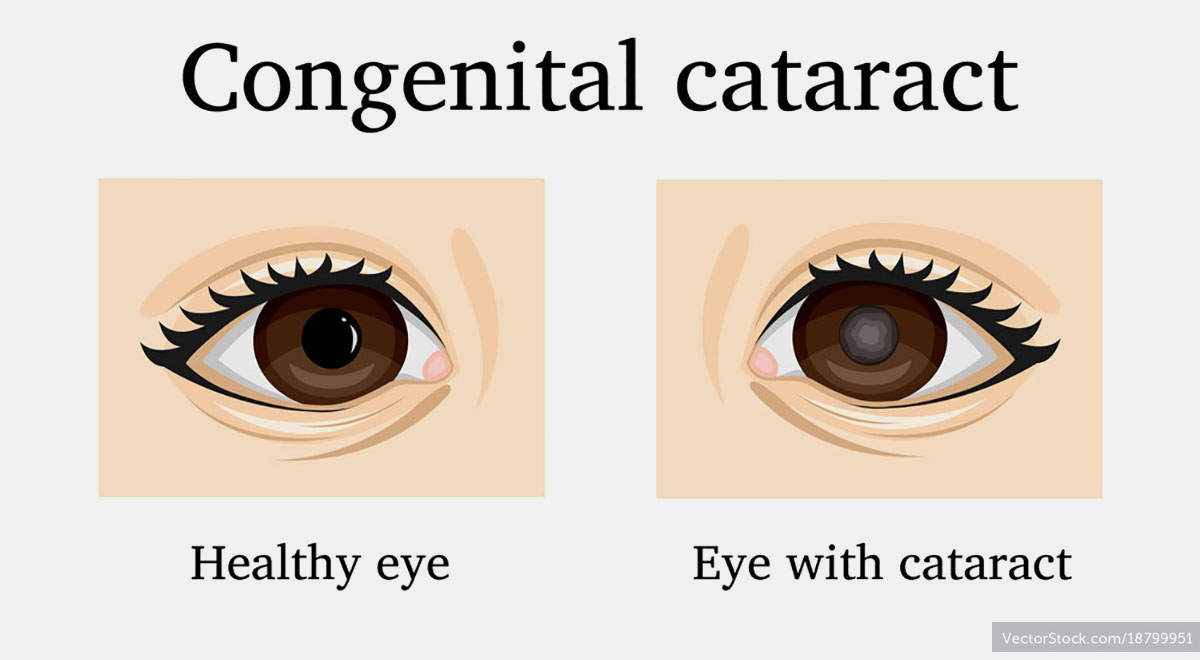Cataract
Inside your eye, behind the iris and pupil is a lens. In a normal eye, this lens is clear. It helps focus light rays on to the back of the eye (the retina), which sends messages to the brain allowing us to see.
When cataract develops, the lens becomes cloudy and prevents the light rays from passing on to the retina. The picture that the retina receives becomes dull and fuzzy.
Cataract usually forms slowly and most people experience a gradual blurring of vision.
Causes of cataract
Most forms of cataract develop in adult life. The normal process of ageing causes the lens to harden and become cloudy. This is called age-related cataract and it is the most common type. It can occur at any time after the age of 40.
Although most cataracts are age related, there are other types, including congenital (present at birth), drug induced (steroids), and traumatic (injury to the eye). Cataract is also more common in people who have certain diseases such as diabetes.
Treatments for cataract
Surgery is the only available treatment for cataract and is very effective, straight-forward and quick for the vast majority of patients. We advise patients to have surgery when their cataract progresses to the point that it is interfering with daily activities or lifestyle – but it is usually safe to delay surgery if you do not feel that you have a problem with your vision or do not wish to have surgery.

7October
